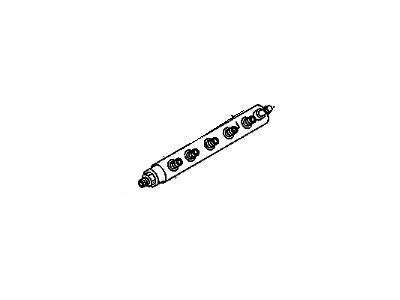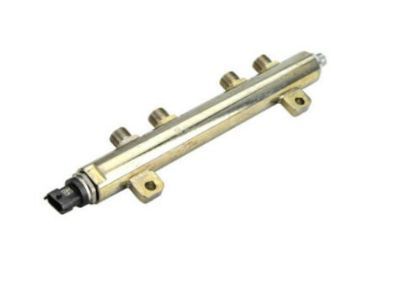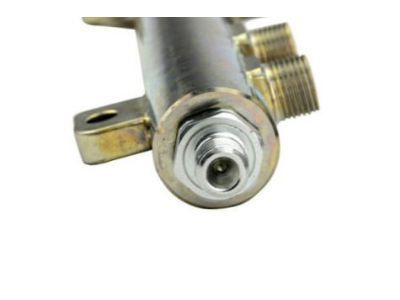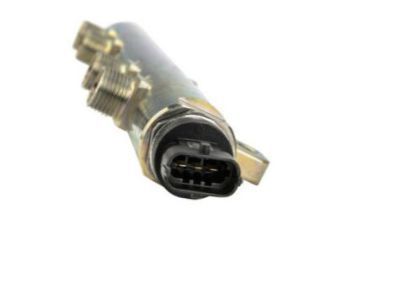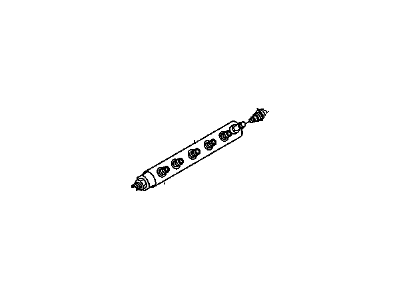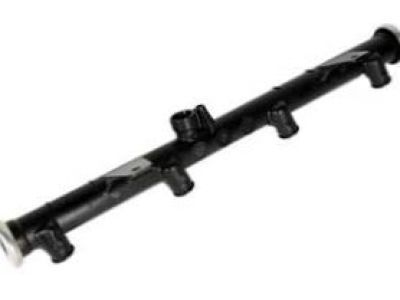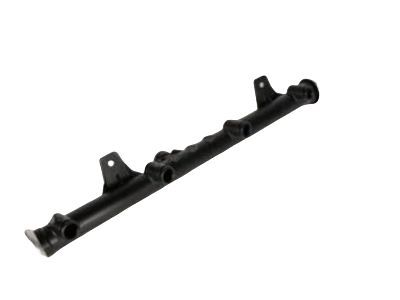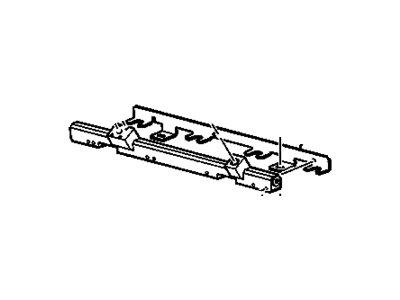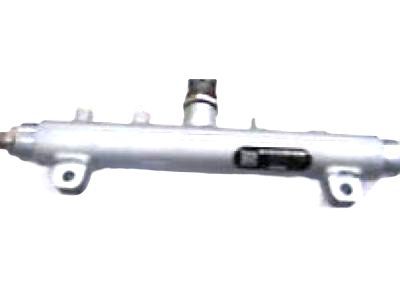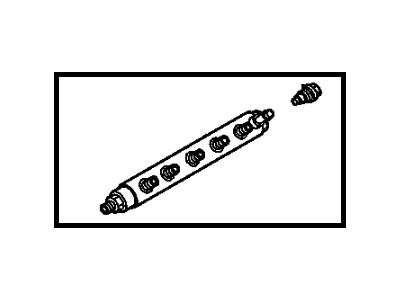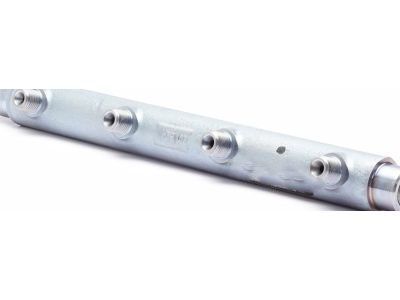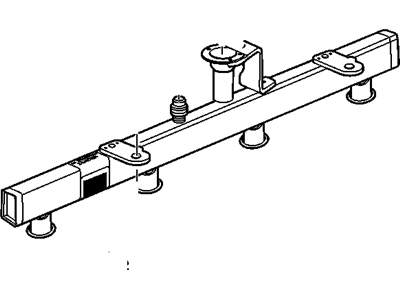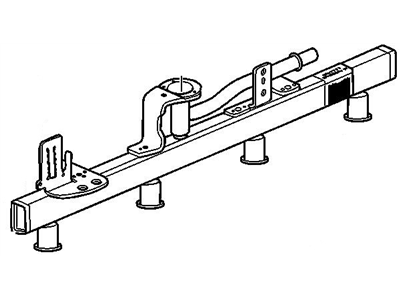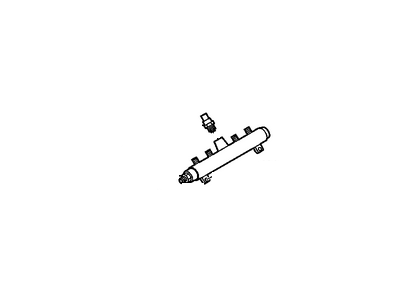ChevyParts
My Garage
My Account
Cart
OEM GMC Yukon Fuel Rail
Engine Fuel Rail- Select Vehicle by Model
- Select Vehicle by VIN
Select Vehicle by Model
orMake
Model
Year
Select Vehicle by VIN
For the most accurate results, select vehicle by your VIN (Vehicle Identification Number).
28 Fuel Rails found
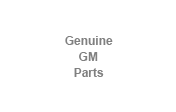
GMC Yukon Fuel Rail Part Number: 97361353
$336.68 MSRP: $683.83You Save: $347.15 (51%)
GMC Yukon Fuel Rail Part Number: 97361352
$351.85 MSRP: $714.61You Save: $362.76 (51%)
GMC Yukon Fuel Rail Part Number: 17113695
$104.95 MSRP: $327.45You Save: $222.50 (68%)Ships in 1-2 Business DaysGMC Yukon Fuel Rail Part Number: 89018110
$188.56 MSRP: $341.28You Save: $152.72 (45%)Ships in 1-2 Business DaysGMC Yukon Fuel Rail Part Number: 12621668
$198.77 MSRP: $359.76You Save: $160.99 (45%)Ships in 1-2 Business DaysGMC Yukon Fuel Rail Part Number: 12729466
$117.50 MSRP: $238.66You Save: $121.16 (51%)GMC Yukon Fuel Rail Part Number: 55505909
$198.35 MSRP: $355.78You Save: $157.43 (45%)Ships in 1-3 Business Days
GMC Yukon Fuel Rail Part Number: 97303659

GMC Yukon Fuel Rail Part Number: 97208075
GMC Yukon Fuel Rail Part Number: 12592186
GMC Yukon Fuel Rail Part Number: 12592182
GMC Yukon Fuel Rail Part Number: 12592183
GMC Yukon Fuel Rail Part Number: 12592184
GMC Yukon Fuel Rail Part Number: 12592185
GMC Yukon Fuel Rail Part Number: 12592187
GMC Yukon Fuel Rail Part Number: 17113547
GMC Yukon Fuel Rail Part Number: 17113651
GMC Yukon Fuel Rail Part Number: 89018109
GMC Yukon Fuel Rail Part Number: 89018111
GMC Yukon Fuel Rail Part Number: 97303658
| Page 1 of 2 |Next >
1-20 of 28 Results
GMC Yukon Fuel Rail
Want to cut long-term maintenance and repair costs? Choose OEM Fuel Rail. Those parts deliver top durability you can trust. On our site, you'll find a huge catalog of genuine GMC Yukon parts. Prices are unbeatable, so you can keep more in your pocket. Every OEM GMC Yukon Fuel Rail includes a manufacturer's warranty. You can also get an easy return policy that keeps buying risk free. Fast delivery, get your car on the road quickly. It's simple to search, compare, and order. Stop guessing about quality or fit. Order today and save with parts that last.
GMC Yukon Fuel Rail Parts and Q&A
- Q: How to replace the Fuel Injection Fuel Rail Assembly on GMC Yukon?A:The replacement of the fuel injection Fuel Rail assembly should start by removing the air cleaner outlet duct first. To start the replacement you should first reduce fuel system pressure then remove the bracket nut that holds the wiring harness engine while disconnecting harness wires from the evap purge solenoid and MAP Sensor along with Fuel Injectors and evap connection to the ignition coil main electrical connector. Moreover, label all disconnected connectors for reinstall by position. First detach the ignition coil bracket stud clip from its harness location and after that remove the heater hose bracket nut while also taking off its bracket. Position the bracket away from the work area. Disassemble the procedure by removing the quick connector fittings between the Fuel Rail and chassis fuel feed pipe as well as between the evap canister purge solenoid and intake manifold evap tube and chassis evap tube. First remove the evap canister purge solenoid retainer from its position between the Fuel Rail then take out the evap tube together with the purge solenoid followed by removing the Fuel Rail bolts. The removal process of the Fuel Rail assembly should be done carefully to prevent damaging injector electrical connectors or spray tips while fittings need caps for preventing fuel contamination. Clean the Fuel Rail when needed before removing the Fuel Injector retainers and extract the fuel injectors while discarding both upper and lower o-ring seals (2 and 4). You need to lubricate new o-ring seals of the fuel injectors with engine oil before installing them onto the injectors and finally securing the fuel injectors into the rail by adding the fuel retainer units. The procedure requires you to push the Fuel Rail firmly onto the intake manifold after applying sufficient lubrication to the lower o-ring seals. First install the Fuel Rail bolts with a torque of 10 nm followed by attaching the evap tube and purge solenoid and then finish by connecting the chassis evap tube quick connect fittings at the respective locations on evap canister purge solenoid and intake manifold. After connecting the Fuel Rail with the chassis fuel feed pipe quick connect fitting, install the pcv hose followed by gathering the engine wiring harness branches over the top of the engine. First insert the engine wiring harness clip followed by bolt installation at 9 nm (80 lb in), next position the heater hose bracket at its ignition coil bracket stud and tighten the nut to 9 nm (80 lb in). Install the cpa retainer while connecting the engine wiring harness electrical connector to the main electrical connector of the ignition coil. Reattach the engine wiring harness electrical connector to the electronic throttle control. Connect the Fuel Injector electrical connectors on the engine harness with proper cpa retainer insertion at one click before attachment then complete cpa retainer push at one click for final installation. The procedure requires installing clips from the engine wiring harness to the ignition coil bracket stud followed by connecting engine wiring harness electrical connectors to the MAP Sensor and evap purge solenoid. The engine wiring harness bracket nut needs installation before tightening to 5 nm (44 lb in) followed by connecting the negative Battery Cable. After turning the ignition on with an off engine for two seconds you should deactivate it for ten seconds and re-activate it with an off engine to check for any indications of leakage. Set up the air cleaner outlet duct as the last step.

